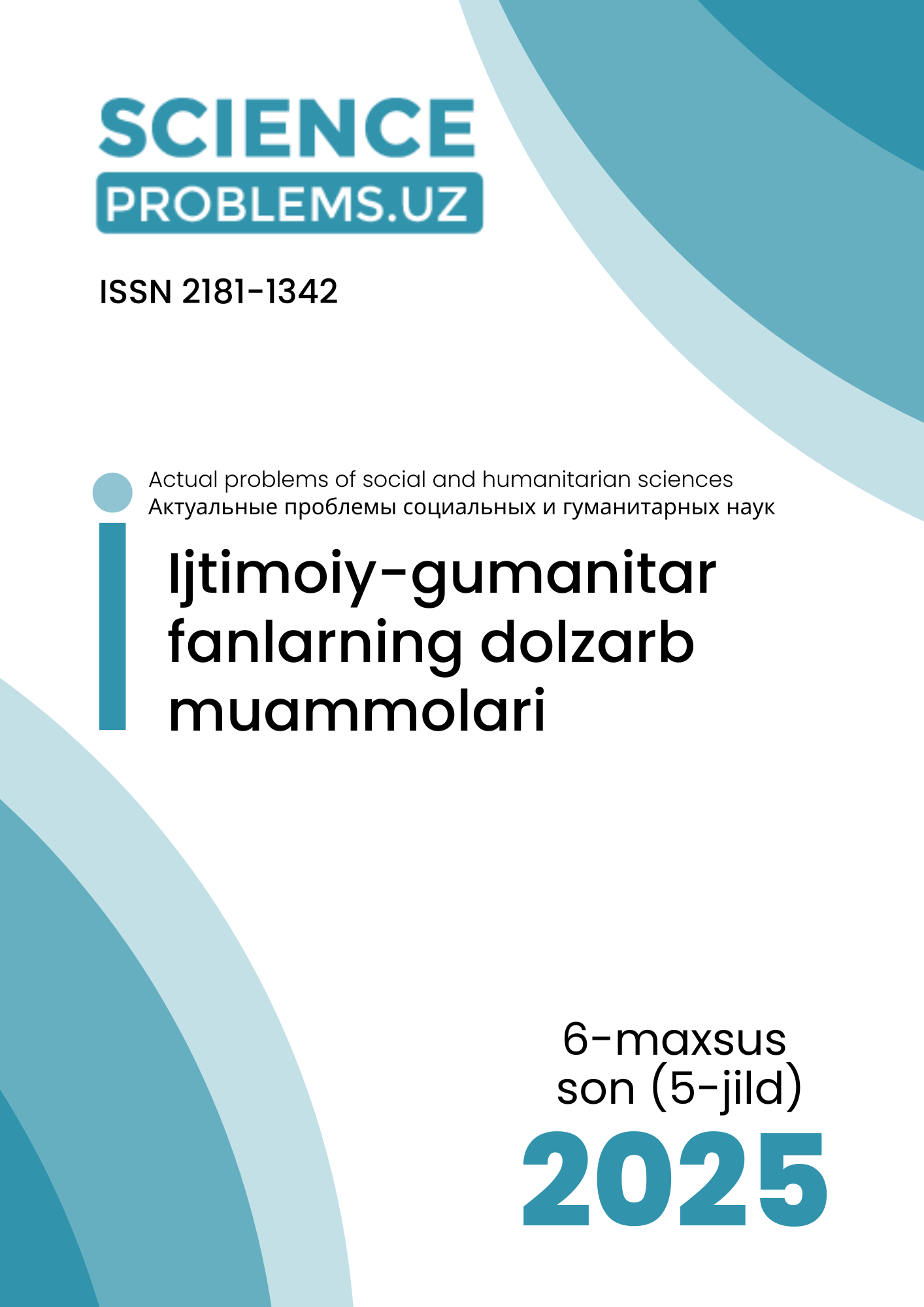INFRASTRUCTURE DEVELOPMENT IN UZBEKISTAN: A CATALYST FOR INDIAN INVESTMENT
DOI:
https://doi.org/10.47390/SPR1342V5SI6Y2025N04Keywords:
Uzbekistan, Indian FDI, infrastructure development, transport corridors, logistics, energy, foreign investment, landlocked economies, Central AsiaAbstract
Uzbekistan's ambitions to position itself as a strategic trade and investment hub linking Europe, South Asia, and East Asia depend critically on the modernisation and expansion of its physical infrastructure. This paper investigates the role of infrastructure development in catalysing Indian Foreign Direct Investment (FDI) in Uzbekistan. Drawing upon a mixed-methods approach that combines regression analysis with sector-specific case studies, we analyse the relationship between infrastructure performance—across transport, logistics, and energy—and Indian FDI inflows from 2010 to 2024.
We find that infrastructure quality is a statistically significant predictor of Indian investment, particularly in sectors such as textiles, pharmaceuticals, and energy. Empirical findings reveal that a 1% improvement in electricity generation capacity is associated with a 0.34% increase in Indian FDI inflows, while enhancements in rail freight capacity and road density yield positive elasticity effects. However, persistent deficiencies in multimodal logistics, power reliability, and regulatory clarity continue to undermine Uzbekistan’s attractiveness to Indian firms.
This paper proposes a three-phase infrastructure roadmap (2025–2035) prioritising corridor connectivity, SEZ-linked logistics parks, and renewable energy integration. The analysis contributes to the literature on South–South FDI, especially within landlocked developing economies, and offers actionable policy guidance for both Uzbek and Indian stakeholders. By strategically investing in infrastructure and aligning reforms with investor expectations, Uzbekistan can become a preferred destination for diversified Indian capital in Central Asia.
References
1. Asian Development Bank (ADB) (2022) *Central Asia: Infrastructure Development and FDI Opportunities*. Available at: https://www.adb.org (Accessed: 3 April 2025).
2. Asiedu, E. (2006) ‘Foreign Direct Investment in Africa: The Role of Institutions’, *Journal of World Business*, 41(1), [81-99 pages].
3. Arvis, J.F., Ojala, L. and Shepherd, B. (2010) *Trade Costs in the Developing World: 1995–2008*. Washington, DC: The World Bank.
4. Baniya, R., Rocha, N. and Ruta, M. (2020) ‘The Determinants of Trade Costs in Central Asia’, *World Bank Policy Research Working Paper*, No. 9347.
5. Dunning, J.H. (1993) *The Globalization of Business*. London: Routledge.
6. Exim Bank of India (2020) *India’s Engagement with Central Asia: Exploring Investment Opportunities*. Mumbai: Export-Import Bank of India. Available at: https://www.eximbankindia.in (Accessed: 5 May 2025).
7. FICCI (2023) *India-Central Asia Trade and Investment Partnership: Opportunities and Challenges*. New Delhi: Federation of Indian Chambers of Commerce and Industry. Available at: https://www.ficci.com (Accessed: 9 April 2025).
8. Government of Uzbekistan (2023) *Strategy Uzbekistan 2030: Key Infrastructure Projects*. Available at: https://www.gov.uz (Accessed: 16 April 2025).
9. IEA (2024) *Uzbekistan Energy Profile*. Paris: International Energy Agency. Available at: https://www.iea.org (Accessed: 22 April 2025).
10. Ministry of External Affairs (MEA) (2024) *India-Central Asia: Enhancing Trade and Connectivity*. Available at: https://www.mea.gov.in (Accessed: 30 April 2025).
11. UNCTAD (2023) *Trade and Investment: The Impact of Geopolitical Disruptions*. Geneva: United Nations Conference on Trade and Development. Available at: https://unctad.org (Accessed: 6 May 2025).
12. UNCTAD (2024) *World Investment Report 2024*. Geneva: United Nations Conference on Trade and Development. Available at: https://unctad.org (Accessed: 13 May 2025).
13. United Nations Office of the High Representative for the Least Developed Countries, Landlocked Developing Countries and Small Island Developing States (UN-OHRLLS) (2022) *Challenges of Landlocked Countries in the Global Economy*. Available at: https://www.un.org/ohrlls (Accessed: 21 May 2025).
14. Wheeler, D. and Mody, A. (1992) ‘International Investment Location Decisions: The Case of U.S. Firms’, *Journal of International Economics*, 33(1–2), [57-76 pages].
15. World Bank (2023a) *Uzbekistan: Infrastructure Development for Economic Growth*. Available at: https://www.worldbank.org (Accessed: 28 May 2025).
16. World Bank (2023b) *The Logistics Performance Index: Benchmarking Trade Logistics*. Available at: https://www.worldbank.org (Accessed: 5 June 2025).








